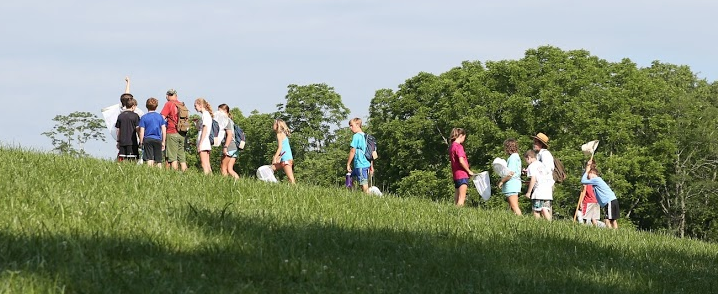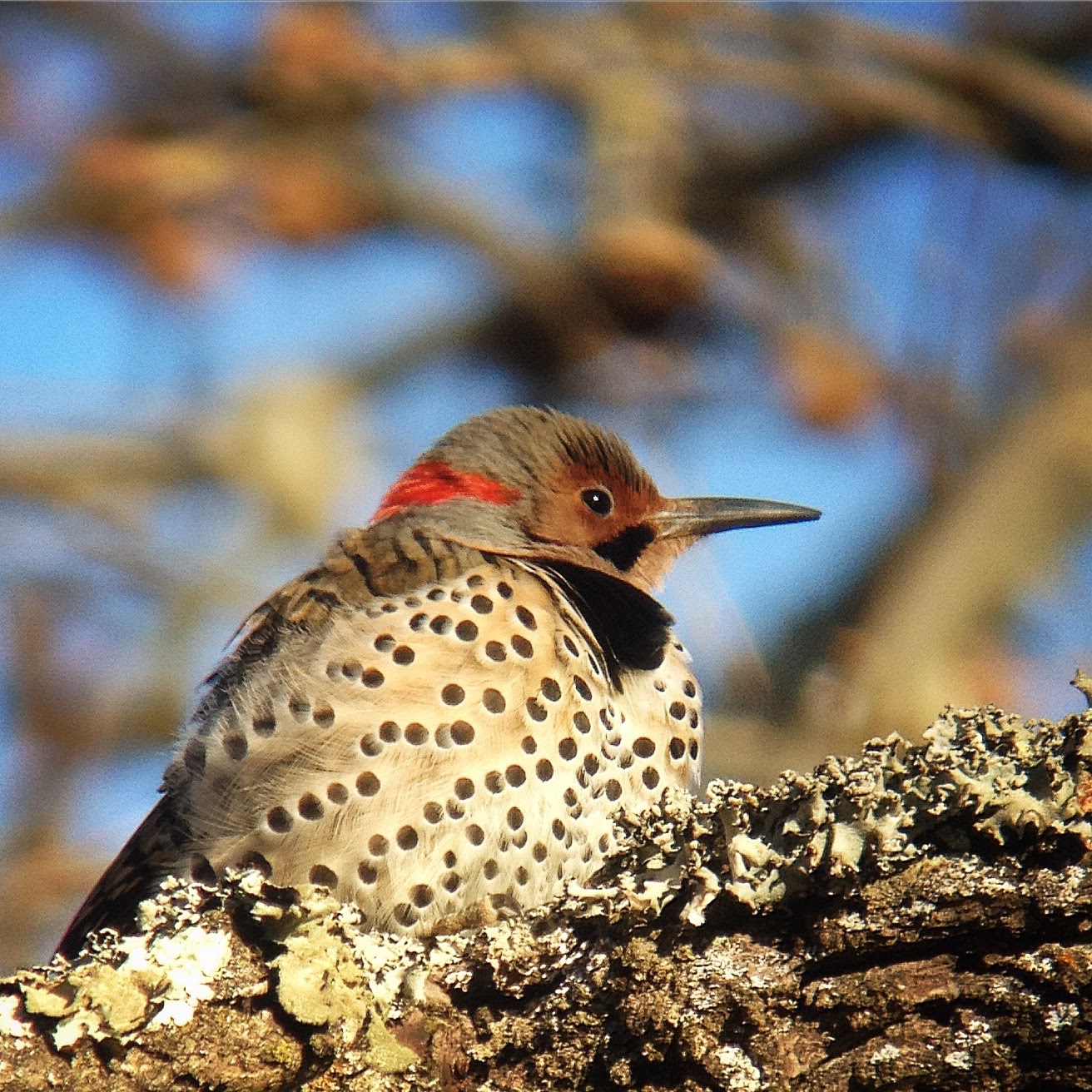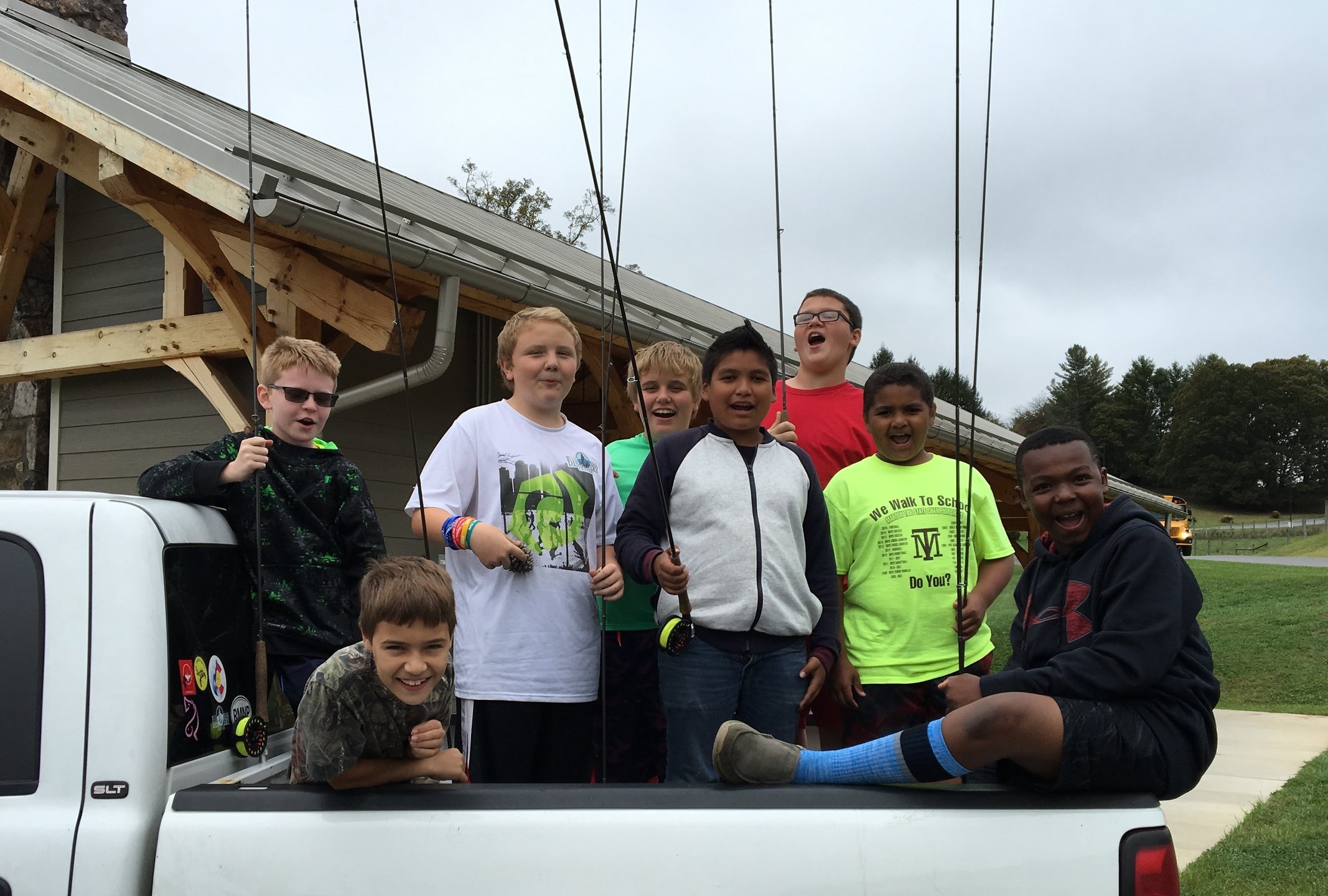

New School Partnerships: Fairview and Baywood
We are excited to announce two new school partnerships this summer with Baywood and Fairview schools in Grayson County. Blue Ridge Discovery Center will be offering "Summer Camps" to each school as part of their summer school programming.

The Trout Population has Increased in Wilson Creek
Last week was absolutely beautiful and we couldn't have had a better time on Wilson Creek in Grayson County as the 7th grade students of Independence Middle and Grayson Highlands Schools and the 5th grade students of Piney Creek Elementary School released their trout.

BRDC and Fairveiw Elementary School
Blue Ridge Discovery Center is excited to be adding additional opportunities for the students at Fairview Elementary School.


Do You Know Your Trees?
Do you know the tree species that live and grow around your home and provide shade and shelter to wildlife that visit you?



Getting Ready for the Stream with the NFSP
As part of our enriching programs in Grayson County Public Schools, BRDC provided a week of fly fishing lessons to the ninth grade girls and boys PE classes.

Nature Photography for Galax Intersession
Getting outside almost always leads to beautiful sights and with photography we have the opportunity to share those visual treasures that stop us in our tracks.

Taxonomy: the Science of Classification
The fifth-grade students of Grayson County explored taxonomy last week by sorting picture cards.

Toes in the Sand
The K-2 Program presented the book "Whose Tracks are These? A Clue Book of Familiar Forest Animals" by Jim Nail.

A Visit to Jeff Matthew's Museum
On a Friday after school field trip, Galax Middle School students visited the Jeff Matthews Museum

January Programs with Grayson County Public Schools
Blue Ridge Discovery Center shared two programs with 1st and 5th graders in Grayson County reaching five schools and seven classes in each grade.

One Minute Old Fossils
Fossils Tell of Long Ago, the story read to the first graders of Grayson County Schools this month

November Programs: Grayson County Public Schools
November was a busy month as BRDC joins the 1st, 5th and 7th grade classes to study Owls, Watersheds and Trout.

2nd Annual Middle School Science Fair
Sixth and seventh grade students from the entire county presented over 140 science and engineering projects

Stars, Planets and More!
In keeping with the mission of BRDC to inspire curiosity and discovery, 12 students from Galax Middle school traveled to Winston Salem to visit the new Kaleideum North.

Galax Middle School has a "Spook"tacular Week!
During Halloween week, Wildlife Rehabilitator and Naturalist Darin Handy, provided education and entertainment to the students at Galax Middle School.

Fly Fishing during Galax Intersession
Nine eager young fellas joined BRDC for the week to learn all about fly fishing

What is an Owl Pellet?
In this program, students identify an owl pellet's contents and practice recording and analyzing the data.